The second language in the west of Scotland is Gaelic; it could be argued it's the first language of the Western Isles. Gaelic is not an easy language to come to grips with as it is only a distant relative of English. For many years, particularly in the 18th and 19th century, its usage was actively suppressed. Only in the last few decades has it regained some approbation.
This has led to bilingual roadsigns, and those are not without controversy. On the main roads in the Highlands, names are printed in white on a green background, with the Gaelic names in yellow underneath. This obviously leaves your average roadsign rather full. It could also lead to confusion. I am not opposed to promoting Gaelic, far from it. But consider the following:
Inverness in Gaelic is Inbhir Nis. Easy enough.
Stornoway in Gaelic reads as Steornabhagh. Bit trickier.
Garynahine in Gaelic becomes Gearraidh na h-Aibhne. In actual fact, the English name is an Anglicisation of the Gaelic. I think it means Garden by the River. This becomes a bit of a problem on the roads in the island if you're unfamiliar with Gaelic. Garynahine is an important road junction.
Dingwall in Gaelic is Inhbhirpheofharan. What? Mouth of the River Peffer - a few miles inland lies the spa town of Strathpeffer.
Argyll & Bute council have started to replace their English-only signs with bilingual ones. It has led to a road-traffic hazard - because after taking down the old signs, the new ones were not yet available. Some five miles northeast of Oban lies the village of Connel, where the A828 road branches north across the Falls of Lorn towards Fort William. It forks off the main A85 Oban to Stirling road. A newspaper report mentioned that there was no signage at this junction, because the new bilingual signs were still being manufactured. You can imagine the strange manoeuvers that took place there when people realised they had overshot the junction. The agency responsible for putting up the roadsigns has since been ordered to put the old signs back until the new ones are available for putting up.
Sunday, 24 June 2007
Subscribe to:
Post Comments (Atom)
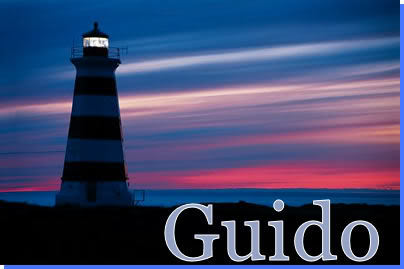



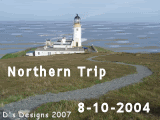

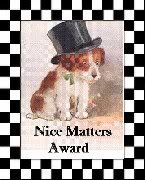

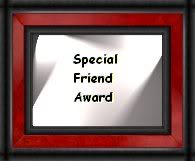
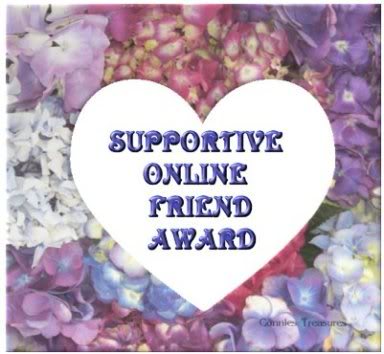
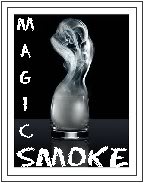
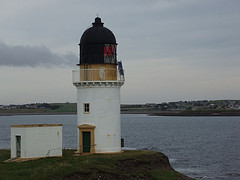
Aha! That's why we flew by it when we were wanting to cross the bridge over the falls. I enjoyed trying to decipher the Gaelic as I drove along and to see if I could recognise repetitions in the language usage. I wouldn't mind having a go at Gaelic. Jeanie
ReplyDeleteI would think so...that could be very dangerous. Sometimes I wonder if those "in charge" have a brain....or not. Linda in Washington
ReplyDeleteOh, come now...you don't see the connection between Dingwall and Inhbhirpheofharan?! hee hee hee....
ReplyDelete~Amy
We have 11 official languages in South Africa!!! In our region we have 3.So we teach first language English, Second language Afrikaans and third language Xhosa (fortunately the third lang is not assessed at my age group!)Road signs are only in English (for now )!Shauneen
ReplyDeleteI can see how that could cause problems!!
ReplyDeletehttp://journals.aol.co.uk/jeanno43/JeannettesJottings/